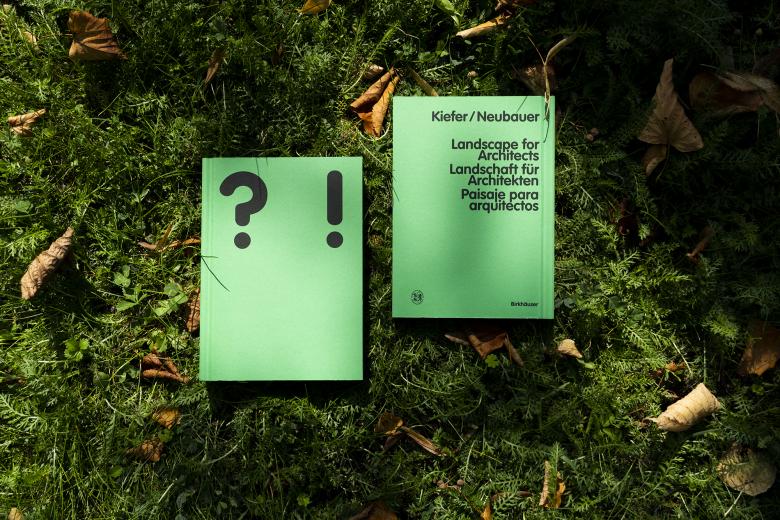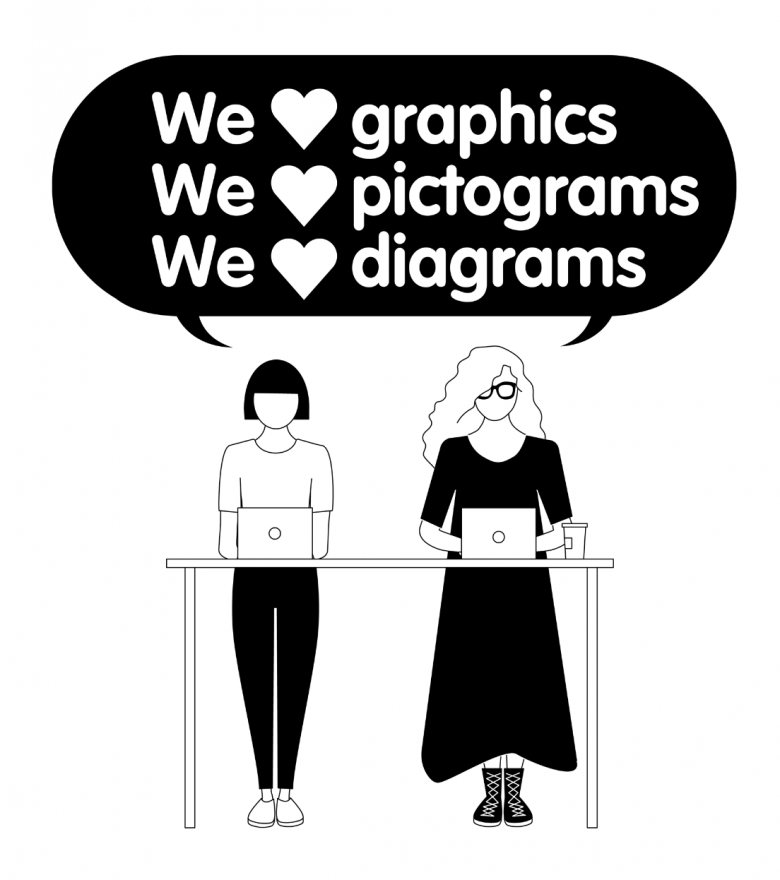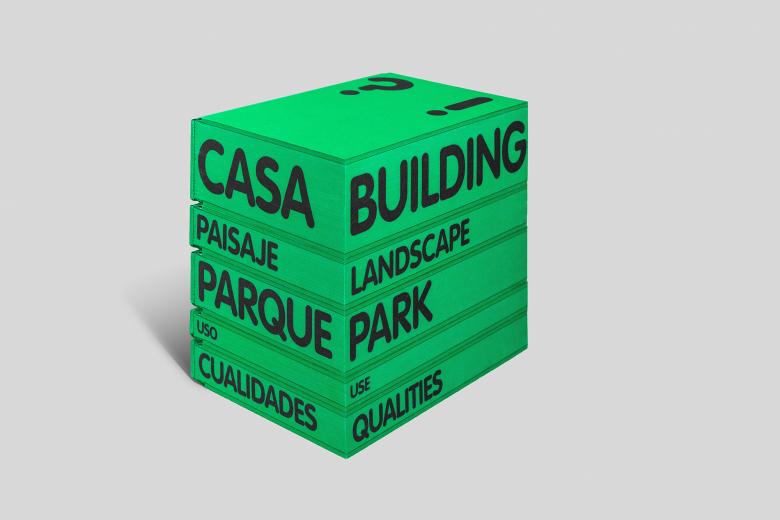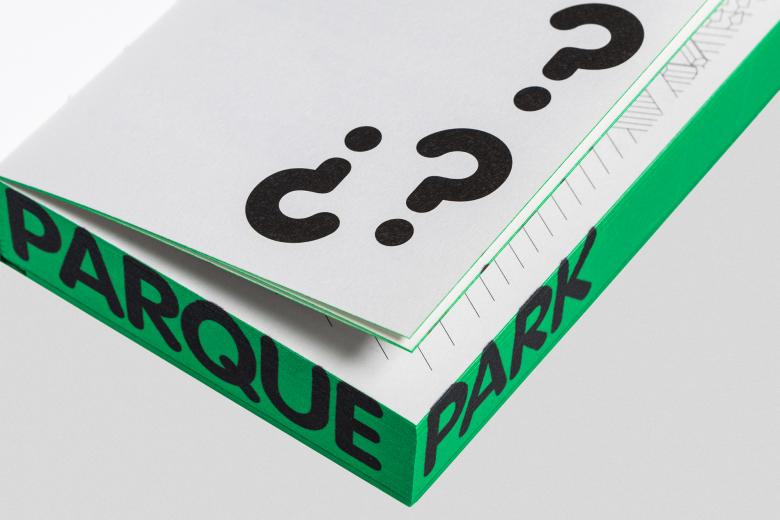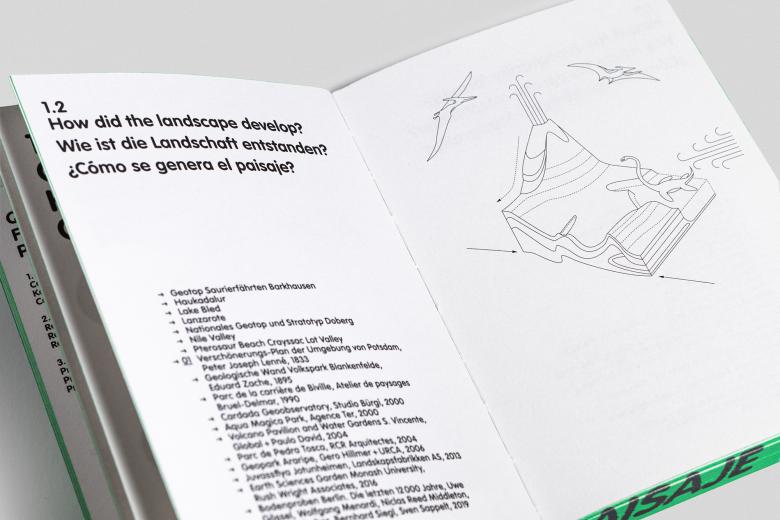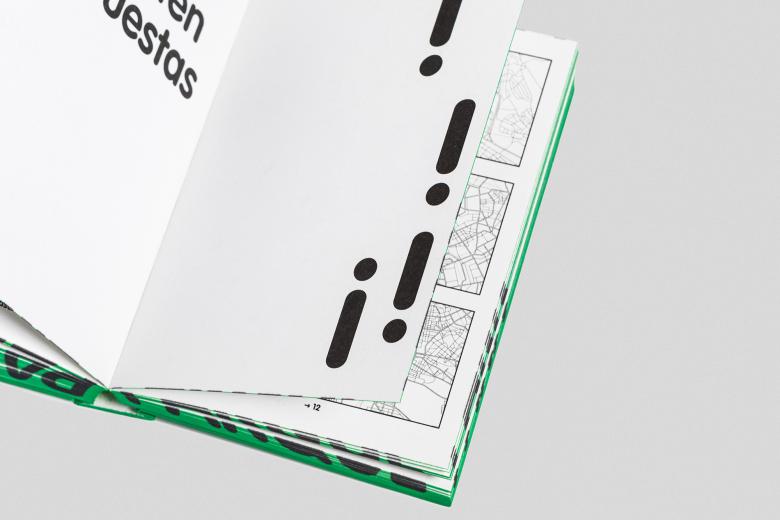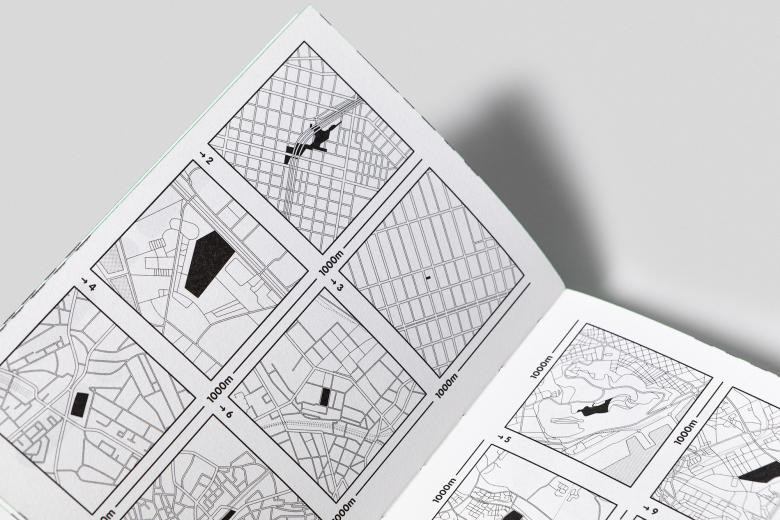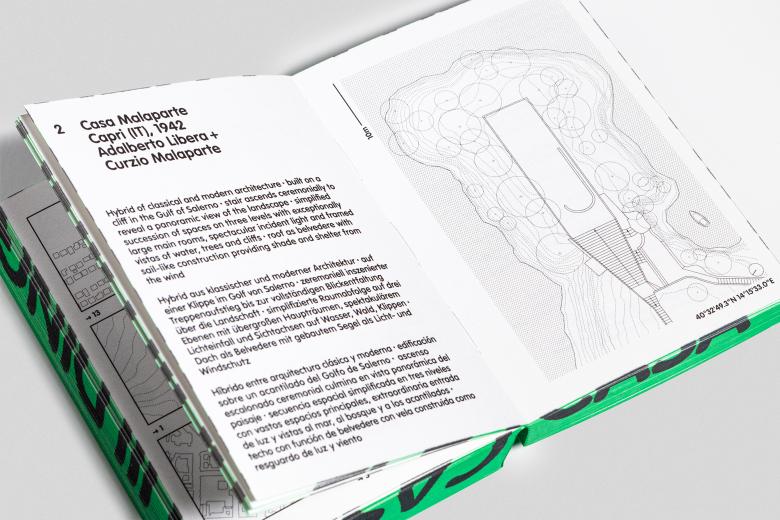Landscape for Architects
John Hill
3. December 2020
All images courtesy of Landscape for Architects
Landscape for Architects is an ambitious new book by Gabriele G. Kiefer and Anika Neubauer that provides an introduction to landscape architecture through a series of questions about design, answers in the form of precedents, and hundreds of schematic drawings across five trilingual volumes: Building, Landscape, Park, Use, and Qualities.
Simply put, Landscape for Architects is a design manual, using questions to address the key considerations of landscape architecture. "What defines the structure of the landscape?" "How can the landscape be made accessible?" "How can the past be anchored permanently in memory?" These and the dozens of other questions in each volume are accompanied by drawings, many of them populated by pictograms, and a list of reference projects, some of them keyed to the answers (precedents) that follow the questions. In turn, each concise precedent refers back to multiple questions, allowing the book to be read in multiple ways, much like navigating the internet through hyperlinks.
Everything about Landscape for Architects — its format, size, drawings, design, and concision — make it appropriate for students of landscape architecture. It's no surprise then that the book came out of seminars run by Gabriele G. Kiefer and Anika Neubauer at the Institute of Landscape Architecture | TU Braunschweig.
Neubauer and Kiefer, illustrated here, were inspired by the late landscape architect Hans Loidl, whose book Open(ing) Spaces (with Stefan Bernard) is a popular introduction to landscape design filled with hundreds of step-by-step diagrams.
Landscape for Architects was designed by Fons Hickmann M23, which has collaborated with TU Braunschweig on other books. The paperback is shown here, followed by the hardcover version.
M23's design is all encompassing, wrapping the contents in green covers and matching green end pages to create an impressive object.
The largest of the five volumes is Building/Haus/Casa, which asks questions about everything from context and typology to green facades and indoor greenery.
Though hardly necessary, reading the books in order means starting with the questions.
In this example, "How did the landscape develop?" is accompanied by a playful illustration, a list of references spanning millennia, and a "link" to an answer/precedent: Peter Joseph Lenné's 19th-century urban plan for Potsdam, Germany.
Answers are provided in three of the volumes (Building, Landscape, Park), coming immediately after the questions.
Maps drawn at increasing scales preface the answers, allowing for fairly easy comparison of context, size, shape, etc.
Each answer/precedent is presented across six pages; like the rest of the book, they are provocations and starting points for students to carry out their own in-depth research.

Landscape for Architects / Landschaft für Architekten / Paisaje para arquitectos
Gabriele G. Kiefer and Anika Neubauer
Five-volume set in English, German & Spanish
11 x 15 cm
1072 Pages
500 Illustrations
Paperback/Hardcover
ISBN 9783035617269
Birkhäuser
Purchase this book
Related articles
-
Landscape for Architects
on 12/3/20
